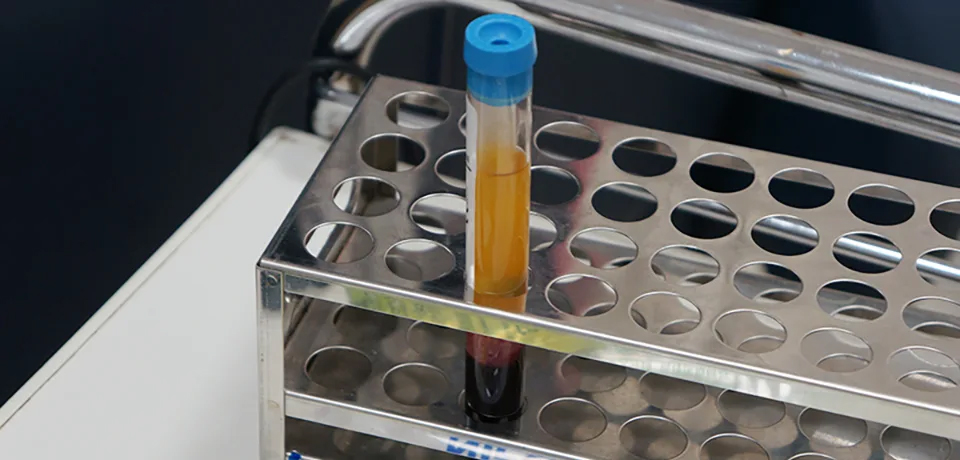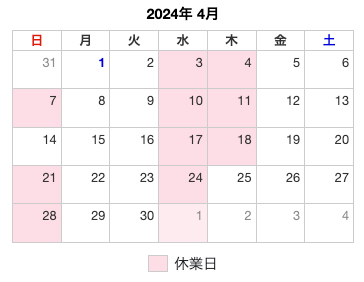Stains/freckles 2
Blot and freckles
Treatment tailored to the type of stain
This treatment uses blood plasma, which contains a large amount of platelets.
This therapeutic material is made by extracting platelets from the patient's own blood.
It is a recovery medicine that aims to cure by using the tissue repair ability of the growth factor of platelets contained in blood to enhance the intrinsic healing power. It is a treatment with very few side effects because it uses its own blood.
title
title
title
What is a stain?
Melanin is not excreted and accumulated in the epidermis

Blots are areas of the skin that appear darker and darker than the skin color because melanin increases and accumulates in the epidermis of the skin.
When exposed to ultraviolet light, melanin melanocytes in the epidermis are activated, producing excessive melanin and changing the skin color.
This is “sunburn”. Normally, melanin is pushed into the keratin by the turnover of the epidermis and peels off with the plaque, so that melanin does not accumulate. Epidermal cells repeat “turnover (metabolism)” that is reborn into new cells in about 28 daily cycles. The cells in the basal layer divide and push up to the surface of the skin, and eventually peel off from the surface. Therefore, melanin produced by exposure to ultraviolet rays also finishes its role in the 28 daily cycle and peels off with old cells.
However, if UV damage accumulates over a long period of time, melanin will be overproduced and turnover will change with aging, and melanin will not be excreted and accumulated in the epidermis.
Skin is roughly divided into the outermost epidermis and the inner dermis. The epidermis is deeply involved in the stain. Melanocytes (pigment cells) in the bottom basal layer of the epidermis produce melanin. When ultraviolet light is applied to the skin, an enzyme called tyrosinase is activated and a pigment called melanin is produced in the melanocyte.
This melanin is delivered to keratinocytes to protect the cell nucleus from ultraviolet rays. Melanin is not really bad, it plays an important role in protecting the skin.
Why can I stain it?
For various reasons, melanin is overproduced and turnover■If the cycle is prolonged and the metabolism is delayed, the melanin that should have fallen off will not be excreted from the epidermis, resulting in pigmentation = “stains”. Ultraviolet rays are the main cause of stains.
Exposure to UV radiation for many years can damage the skin (photoaging), reduce its ability to heal, and reduce its ability to excrete melanin. Irregular living, smoking and stress promote aging and increase active enzymes. Active enzymes stimulate melanocytes and cause overproduction of melanin.
Excessive irritation to the skin can also cause pigmentation. If the skin is rubbed strongly during makeup removal or face washing, melanin may be produced by the stimulation and pigmentation may occur.
In particular, melasma, a stain that is peculiar to women, is exacerbated by the irritation of the skin.
The same goes for acne. Acne often rubs the skin strongly and causes a spot-like mark of pigmentation after inflammation. Just hitting the hair can spread inflammation and cause pigmentation.
※ turnover
The action of metabolism that allows the skin to regenerate itself and maintain a normal state.Keratinocytes at the top of the epidermis are generated in the basal layer, and then push up to the stratum corneum over a period of about 28 days, changing as they go.As stratum corneum cells, they play a role in the barrier and moisturizing functions of the skin, and turn into plaque and peel off after about two weeks.This is the cycle of reincarnation of epidermal cells.

About types of spots and dullness
By performing treatment according to the type of stain,
Effective treatment can be performed.
-
Senile pigment spots These are pigment spots that appear after middle age.There is mild thickening of the epidermis and an increase in melanin pigment, but the cause is currently unknown.It is a symptom of photoaging, and is thought to be greatly affected by repeated exposure to UV rays on a daily basis.
-
Sun-induced pigmentation spots are common spots caused by sunburn and aging.
-
Freckles are a type of pigmented spots that appear on the skin, and are commonly called freckles.It is genetically related and is more common in fair-skinned people.In areas with pigment spots, the pigment cells in the skin become larger and melanin increases.
-
Melasma Appears as light brown spots on the face.They appear symmetrically and in almost the same shape and size, especially around the cheekbones, and spread over a relatively wide area.
Blemish treatment
Ultima
Improvement of spots and dullness
View more
Beautiful skin toning
Prepare skin texture and peel at the same time
View more
Rabian
Recovers and restores smooth skin
View more
Hypervitamin infusion
Suppresses the production of melanin and diminishes spots and pigmentation.
View more
Beauty drip
Suppresses the production of melanin and diminishes spots and pigmentation.
View more
Placenta injection
Blemish and dullness disappear, smooth skin
View more
Drink sunscreen helio care
Protects skin from UV rays to prevent spots
View more
External medicine
(Vitamin C derivatives, Vitamin A induction, etc.)
Internal medicine
(Vitamin C, tranexamic acid)
Take 1 mg or more daily.Insurance coverage








